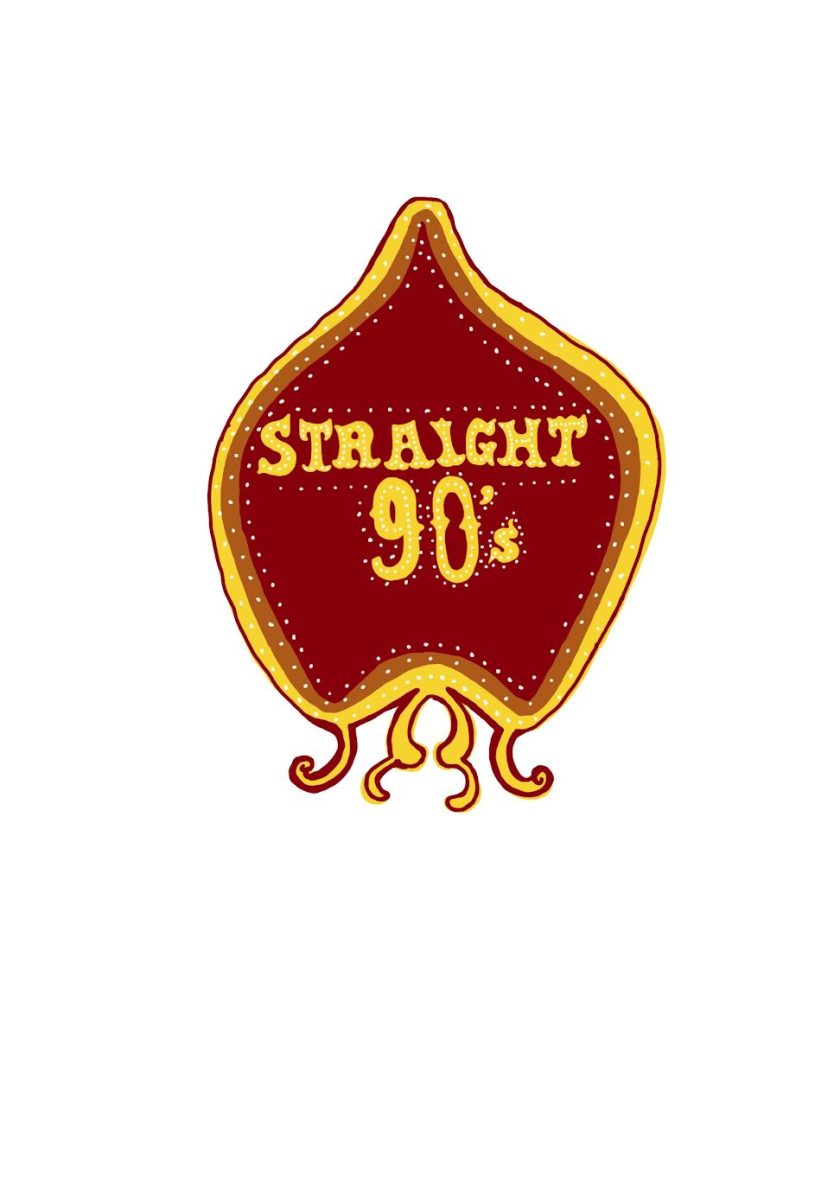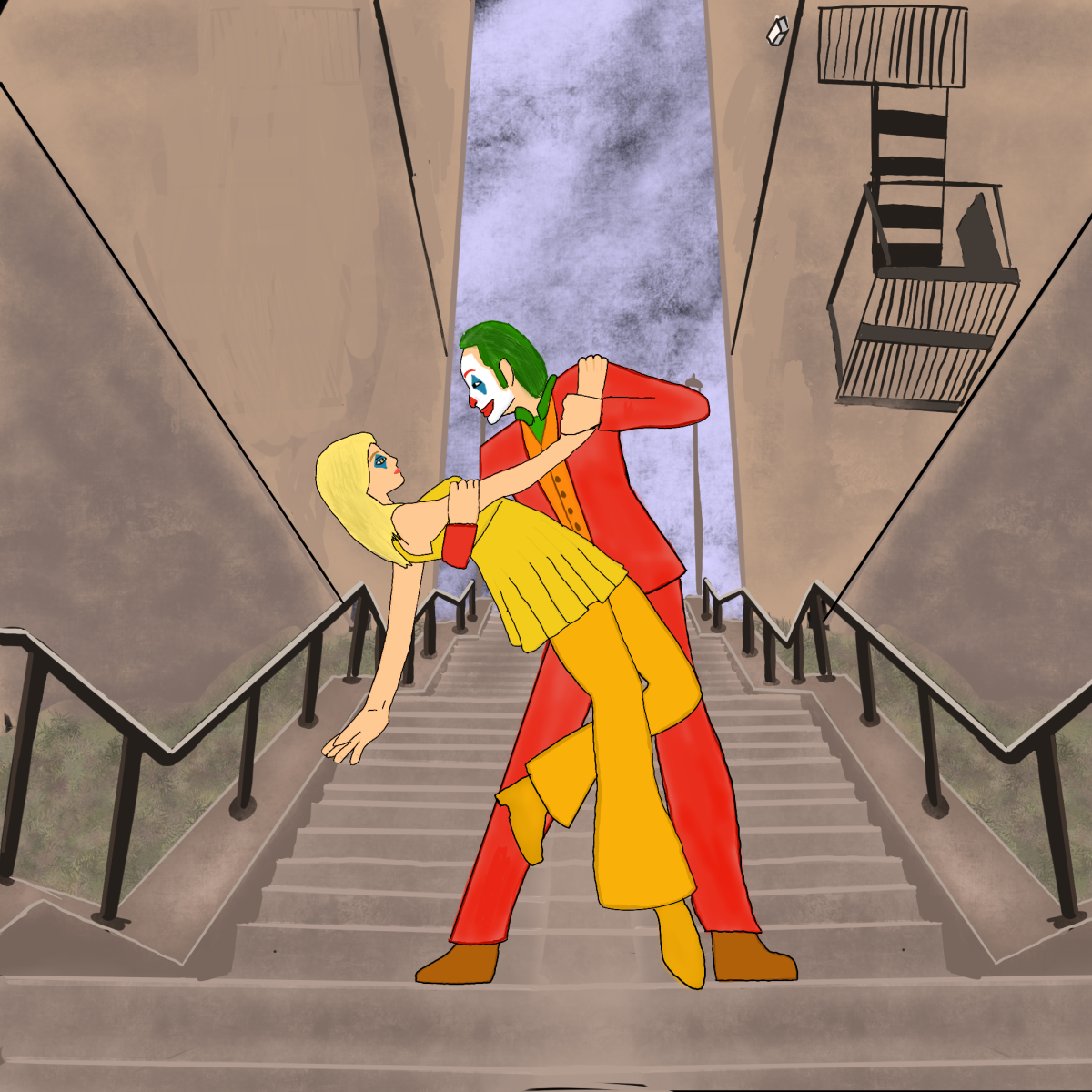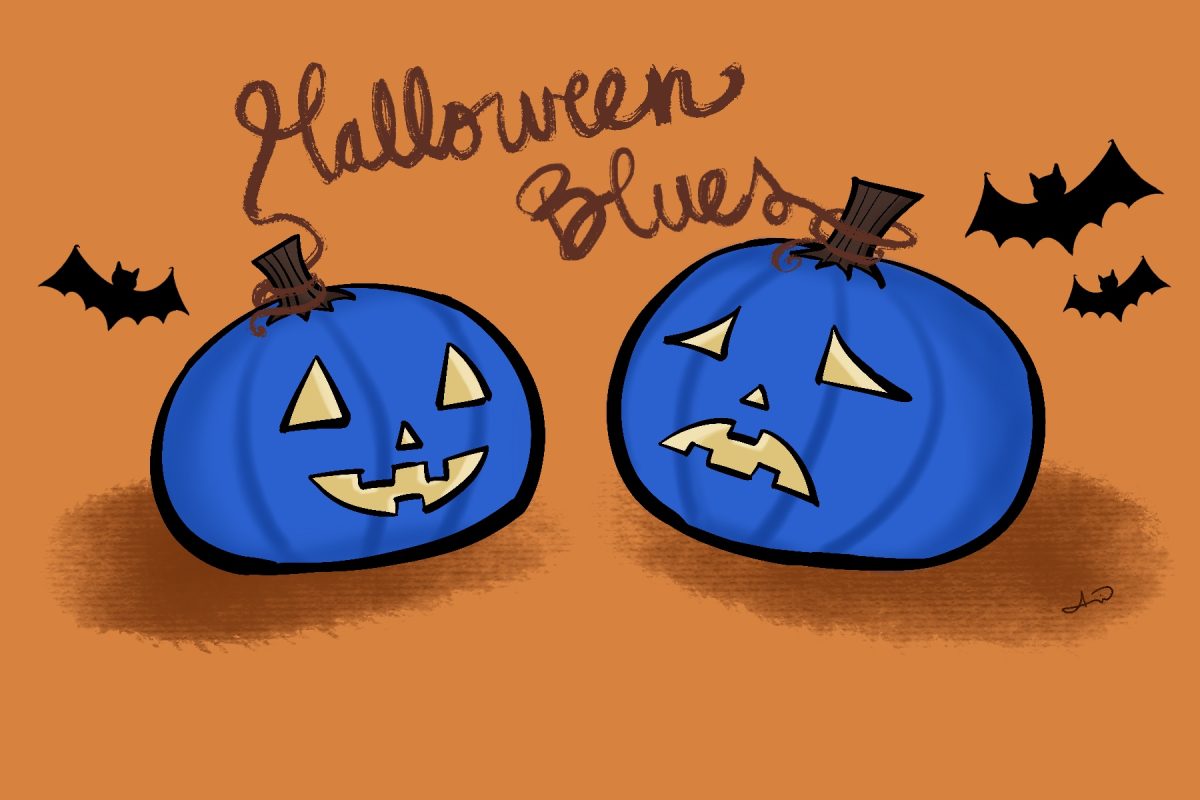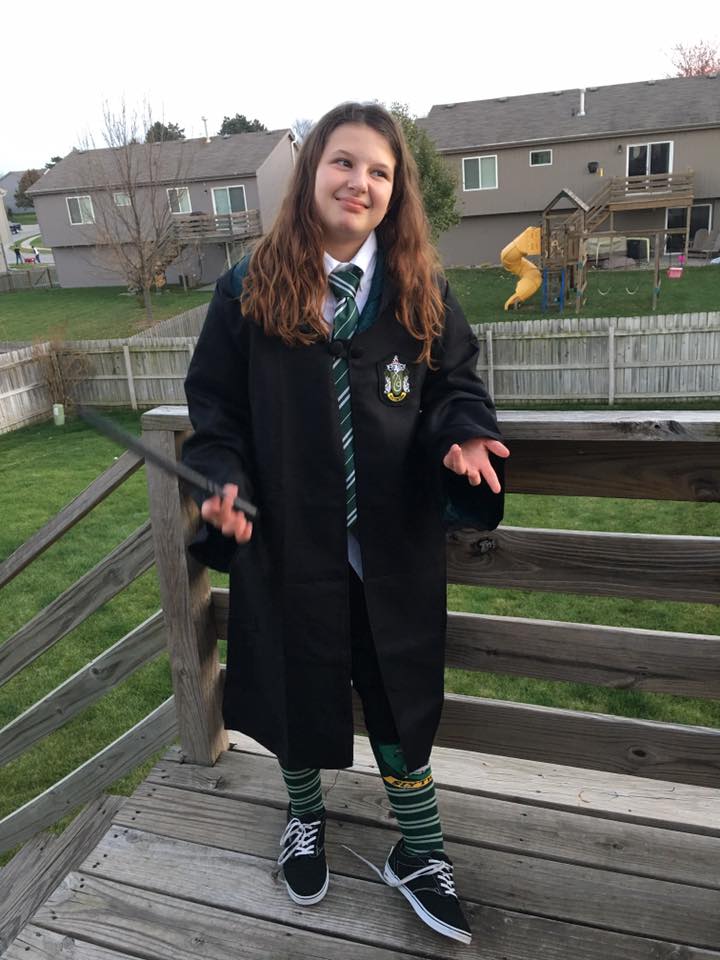A recent TikTok controversy has sparked a conversation about queer spaces across the United States and who belongs in them. In a since-deleted TikTok video, user Lexi Stout @thelexistout posted a video about her night out at Cubbyhole, one of New York City’s three Lesbian bars.
The user, a straight woman, explained that it was her first time going to a lesbian bar. Her straight male friend came to meet up with her at the bar and was waiting in line for the bathroom when he was approached by a woman who asked what he was doing there.
“She did not want him in that bar at all, and I get it, but like, there’s no rules against that,” Stout said. “He’s probably never gonna go back there again because it really wasn’t worth the drama.”
The woman who approached Stout’s friend was TikTok user @im.that.lesbian, “Katie.” She stitched Stout’s video with her side of the story. She explained that Cubbyhole is a safe place for her, and there aren’t many places left like it.
“You should keep in mind that there are very limited spaces, especially for lesbians and queer women, where we can feel safe,” Katie said.
The case of the Cubbyhole controversy highlights the tension around preserving safe spaces for queer people, specifically queer women. Such spaces have historically been crucial for the survival of LGBTQ+ communities.
This discourse of disappearing queer spaces immediately made me think of the Twin Cities’ very own Gay 90s.
I still remember the first conversation I had about it. It was during my last shift at a bagel shop in Washington, washing dishes as my lead reminisced on their time in the cities 10 years prior. As a native Minnesotan, they had spent their college years going to the Gay 90s. I was told that when I moved I had to go: the drag shows there were unmatched, and the club was a safe queer space with fun events.
The Gay 90s website advertises itself as the Twin Cities #1 Dance club. The Home Page shows a picture of a crowd of people standing shoulder to shoulder under pink and blue lights.
According to the Hennepin Theatre Trust, the Gay 90s opened under the name “Gay 90s Theater Cafe and Cocktail Lounge” in 1957. Throughout the 60s and 70s, it was a fully operating gay bar offering drag shows inspired by “Gay 90s” bars in San Francisco and New York. It was also the site of the first gay pride block party in 1981.
What I had been told in Washington was quickly disputed by the queer friends I made once I moved here. I decided to discover for myself if it truly was now the “Straight 90s,” as my friends had taken to calling it. I went with two friends — all three of us recent transplants who had never been to the club.
The club capitalizes on its “gay” roots, but its clientele does not reflect this history. Kylie Jones, a Hamline first-year, recently went to the Gay 90s for the first time as well in early February.
“I feel like people still go to the Gay 90s because of its accessibility since they have 18+ nights on the weekends,” Jones said.
As I was walking around the club, bachelorette parties, college freshmen and throngs of straight men seemed to dominate the crowd. The only clue that this space had once been a queer space was the decoration: pride flags, drag queen posters and rainbow color schemes.
“There is a difference between an ally and a creep. If you’re a straight man and I’m dancing with my girls, just stay away and don’t ruin my night,” Jones said.
Ellie Perra, a senior at Hamline, shared her feelings about the club. She explained that because the club is one of the few 18+ clubs, it was one of the first places she went after moving to the cities for school.
“In my experience, a lot of the men I have interacted with at the 90s have fetishized queer women, and are specifically looking for queer-identifying women to harass. I have been flirted with and followed by men more often at the 90s than any other bar, which is really ironic, considering it’s marketed as a ‘gay bar’,” Perra said.
Perra’s experience begs the question: Why are we becoming marginalized in the spaces that were created for us?
This appropriation and transformation of what once was a historic gay bar is leading to the erasure of vital Twin Cities queer history. This appropriation dilutes the original purpose of this space. The Cubbyhole controversy and the conversation it sparked underscores a constant struggle for inclusivity.







